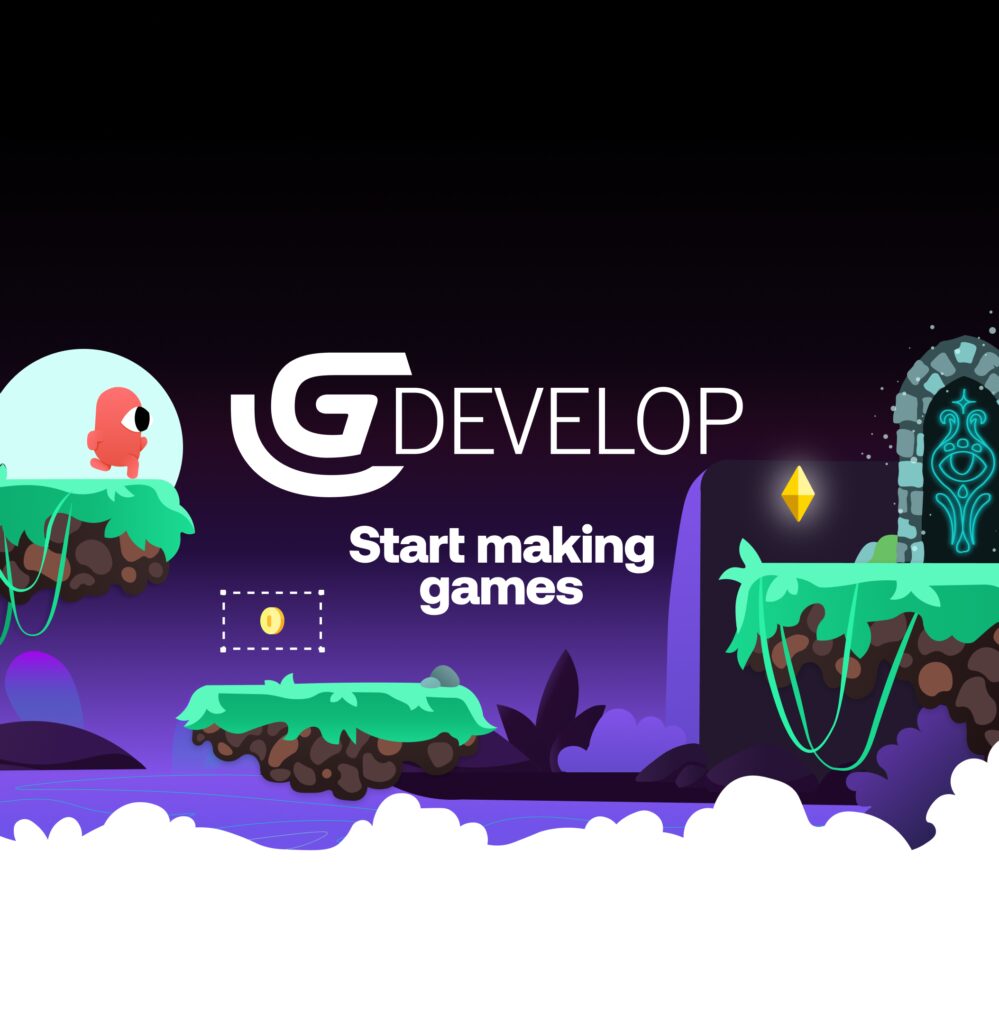Game development involves transforming an idea into a functional game. GameMaker is a popular choice among developers due to its user-friendly interface and powerful features. The process starts with conceptualization, where ideas are brainstormed and documented. GameMaker allows developers to quickly prototype and build game elements without extensive coding knowledge. Developers can set up the game environment, create assets, design levels, and implement game mechanics using a combination of visual programming and scripting. Regular testing helps identify and fix issues. GameMaker offers advantages such as a user-friendly interface, cross-platform development, and an active community. It empowers developers to bring creative ideas to life and create engaging games.
From Concept to Code: The Role of GameMaker in Game Development
Introduction
Game development is an exciting and creative process that involves the transformation of an idea or concept into a fully functional game. While there are several tools and software available in the market for game development, GameMaker has emerged as a popular choice among both amateur and professional game developers. In this article, we will delve into the process of game development from concept to code, with a specific focus on the role of GameMaker in this process.
The Conceptualization Phase
Every game starts with an idea or concept. This phase involves brainstorming, sketching, and conceptualizing the overall design, mechanics, and goals of the game. Game design documents are often created to capture the vision and scope of the game, with details on characters, storyline, and gameplay elements. This phase requires creativity and a deep understanding of what makes a game engaging and enjoyable for players.
GameMaker as a Game Development Tool
GameMaker is a versatile game development tool that provides a user-friendly interface and powerful features to bring game ideas to life. With its intuitive drag-and-drop interface, designers and developers can quickly prototype and build game levels, characters, objects, and mechanics without the need for extensive coding knowledge.
However, GameMaker also offers an extensive scripting language called GML (GameMaker Language) that allows developers to implement complex game logic and behaviors. This flexibility makes GameMaker suitable for developers of all skill levels, from beginners to experienced programmers.
The Game Development Process in GameMaker
1. Setting up the Game: The development process in GameMaker typically begins with setting up the game environment, including defining the screen size, aspect ratio, and other basic settings. This step helps establish the foundation for the game’s visual and audio elements.
2. Creating Game Assets: Game assets include graphics, animations, audio files, and other visual or auditory elements. GameMaker provides built-in editors for creating and importing these assets, allowing developers to design and customize their game’s visual and audio content according to their artistic vision.
3. Designing Game Levels and Objects: GameMaker uses a room-based approach, where each game level or scene is represented by a room. Developers can design levels by placing objects, backgrounds, and other assets within the rooms. Objects can have their own properties, behaviors, and interactions, which can be defined using drag-and-drop actions or GML scripts.
4. Implementing Game Mechanics and Logic: This phase involves coding the game’s mechanics, interactions, and logic. GameMaker allows developers to define rules and behaviors using GML scripts, which can range from simple actions like moving a character to complex AI algorithms. The combination of visual programming and scripting empowers developers with a flexible and efficient development environment.
5. Testing and Iteration: Regular testing is crucial during the development process to identify and fix bugs, fine-tune the gameplay, and ensure a smooth user experience. GameMaker provides built-in debugging and testing tools, allowing developers to quickly identify and resolve issues.
The Advantages of GameMaker
GameMaker offers several advantages that make it a popular choice for game development:
- User-Friendly Interface: The intuitive drag-and-drop interface of GameMaker makes it accessible to beginners, allowing them to bring their game ideas to life without extensive coding knowledge.
- GML Scripting: GameMaker’s GML scripting language provides advanced capabilities for experienced developers to implement complex logic and behaviors.
- Cross-platform Development: Games developed using GameMaker can be exported to various platforms, including Windows, macOS, Android, iOS, and more.
- Asset Management: The built-in asset management system in GameMaker streamlines the process of importing, organizing, and manipulating game assets.
- Active Community and Resources: GameMaker has a vibrant community of developers who actively share tutorials, assets, and support, making it easier for beginners to learn and grow.
Conclusion
GameMaker plays a crucial role in the process of game development, from concept to code. Its user-friendly interface, powerful features, and flexibility make it a popular choice among game developers of all skill levels. By providing both a drag-and-drop system and a scripting language, GameMaker empowers developers to bring their creative ideas to life and create engaging games for players to enjoy.
